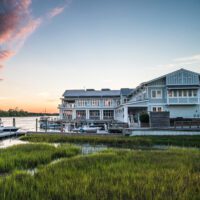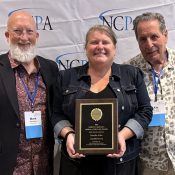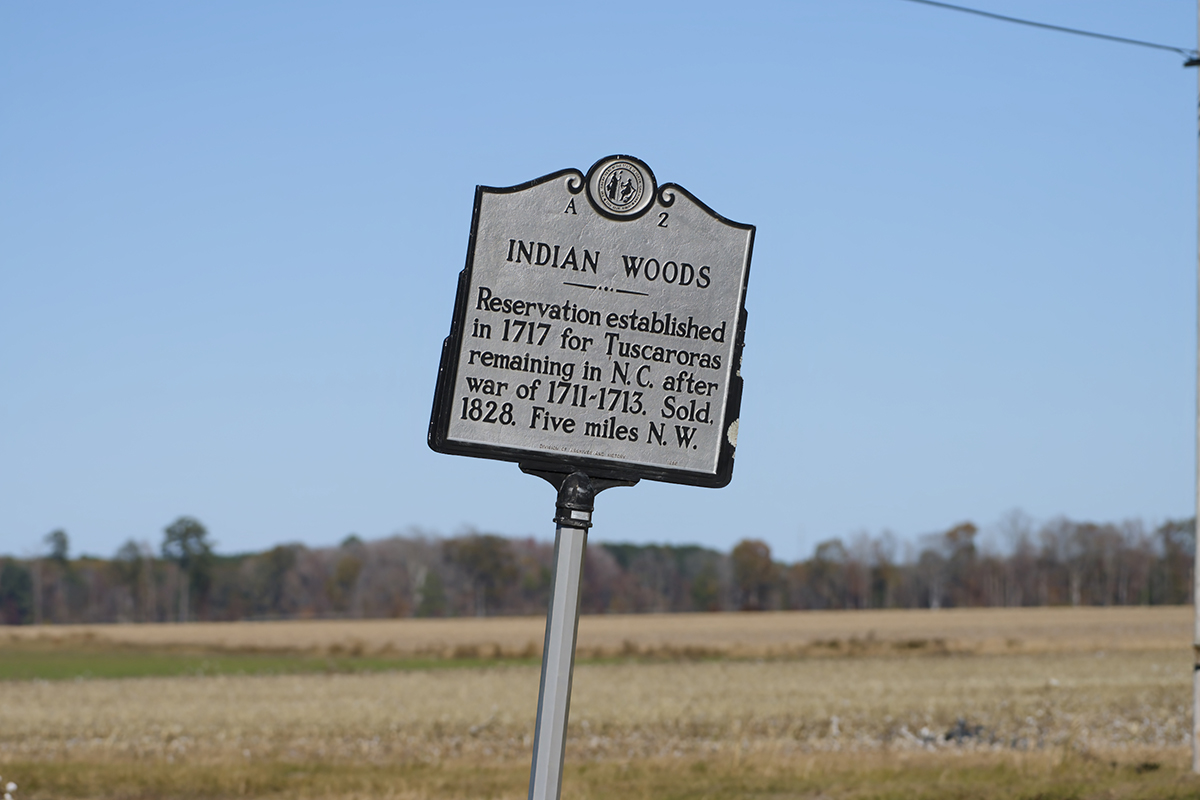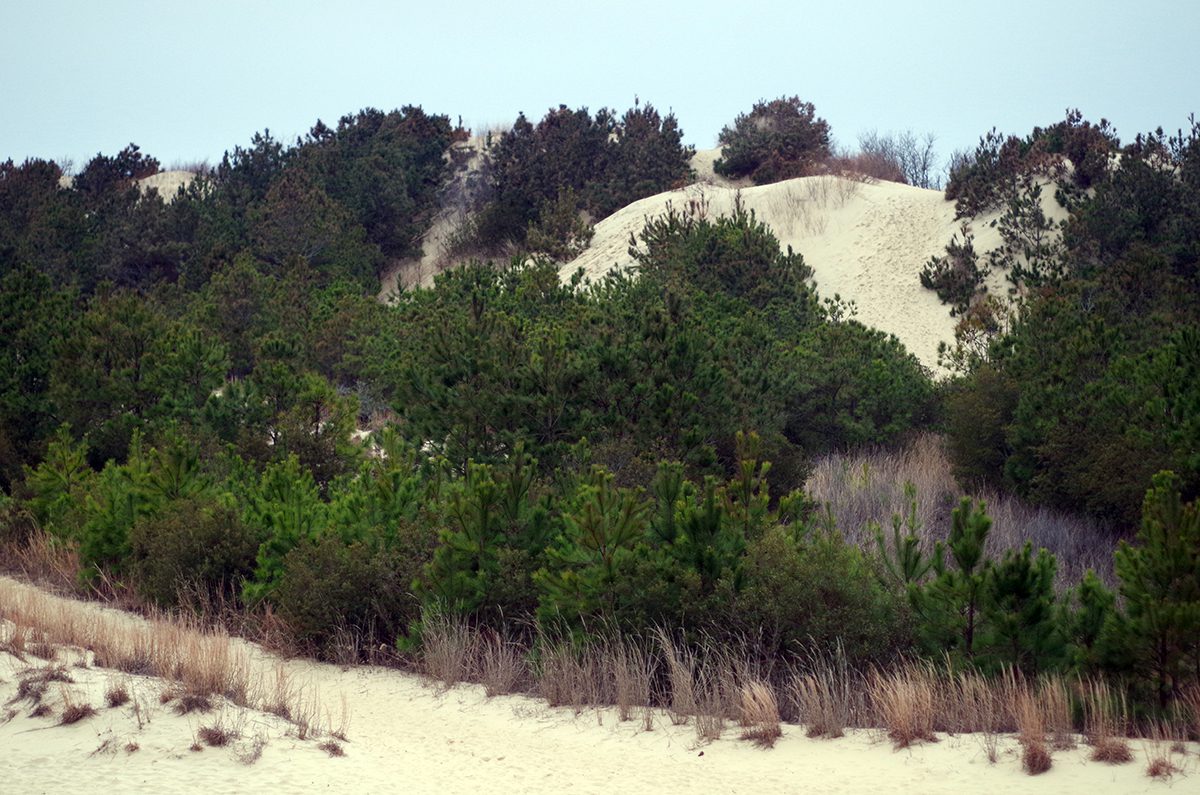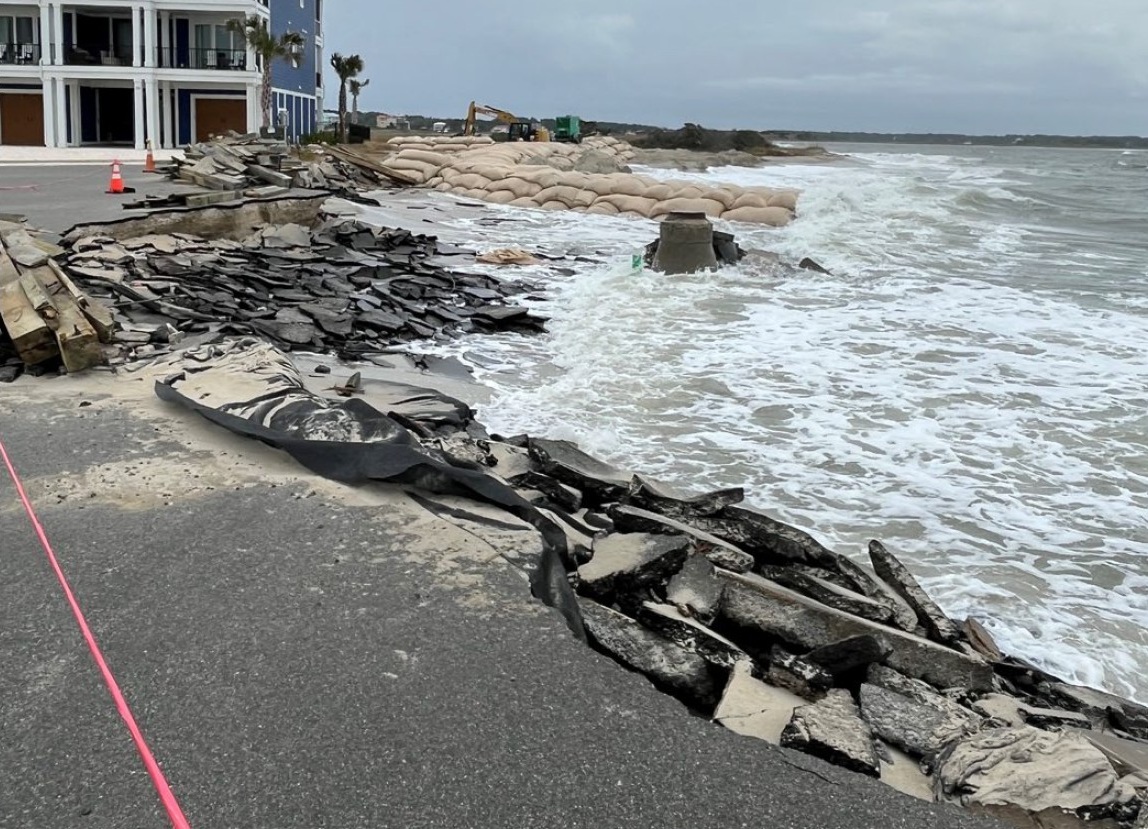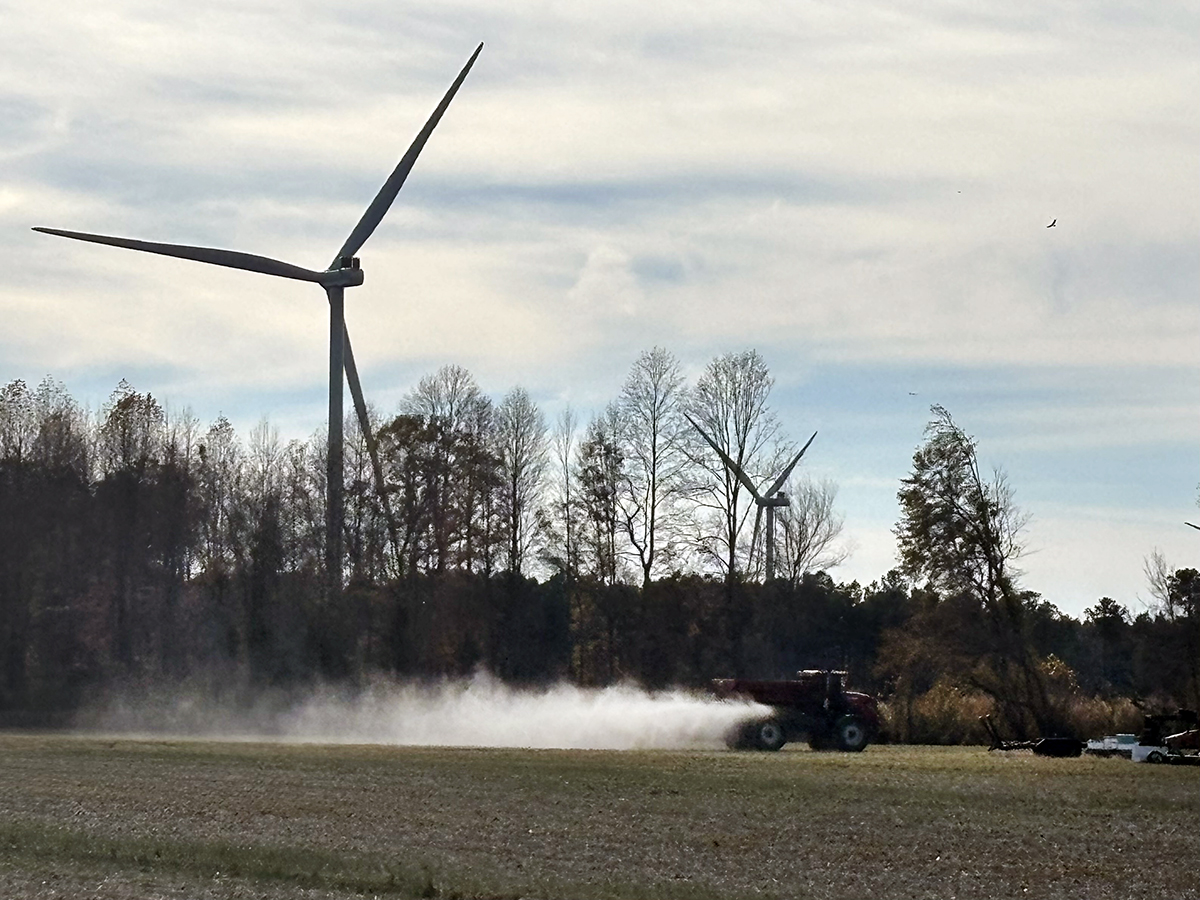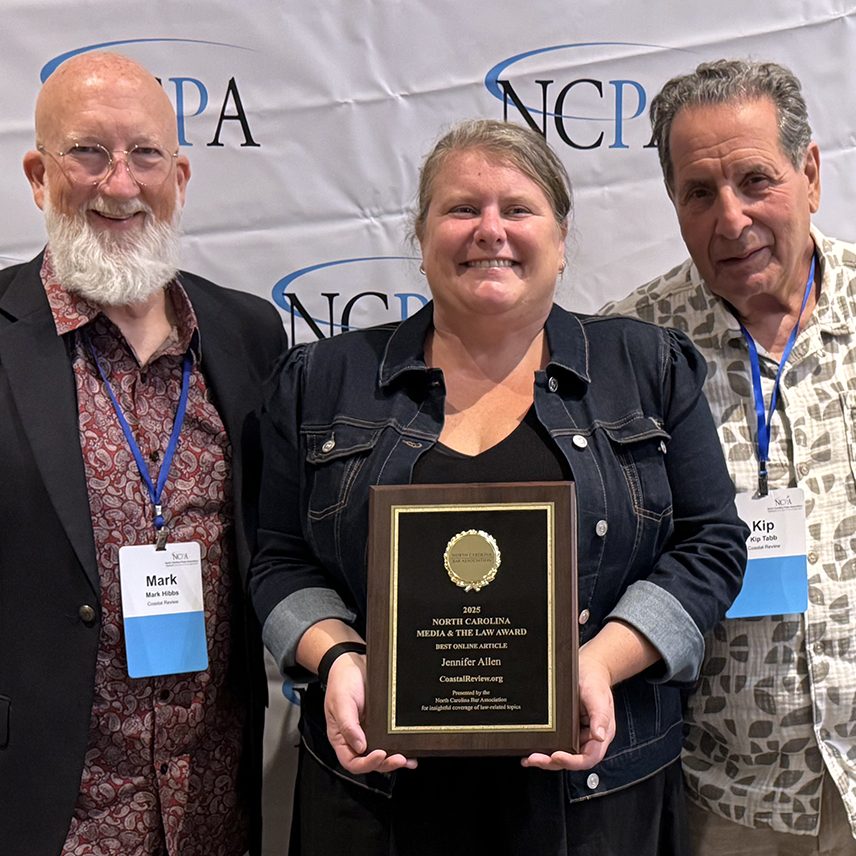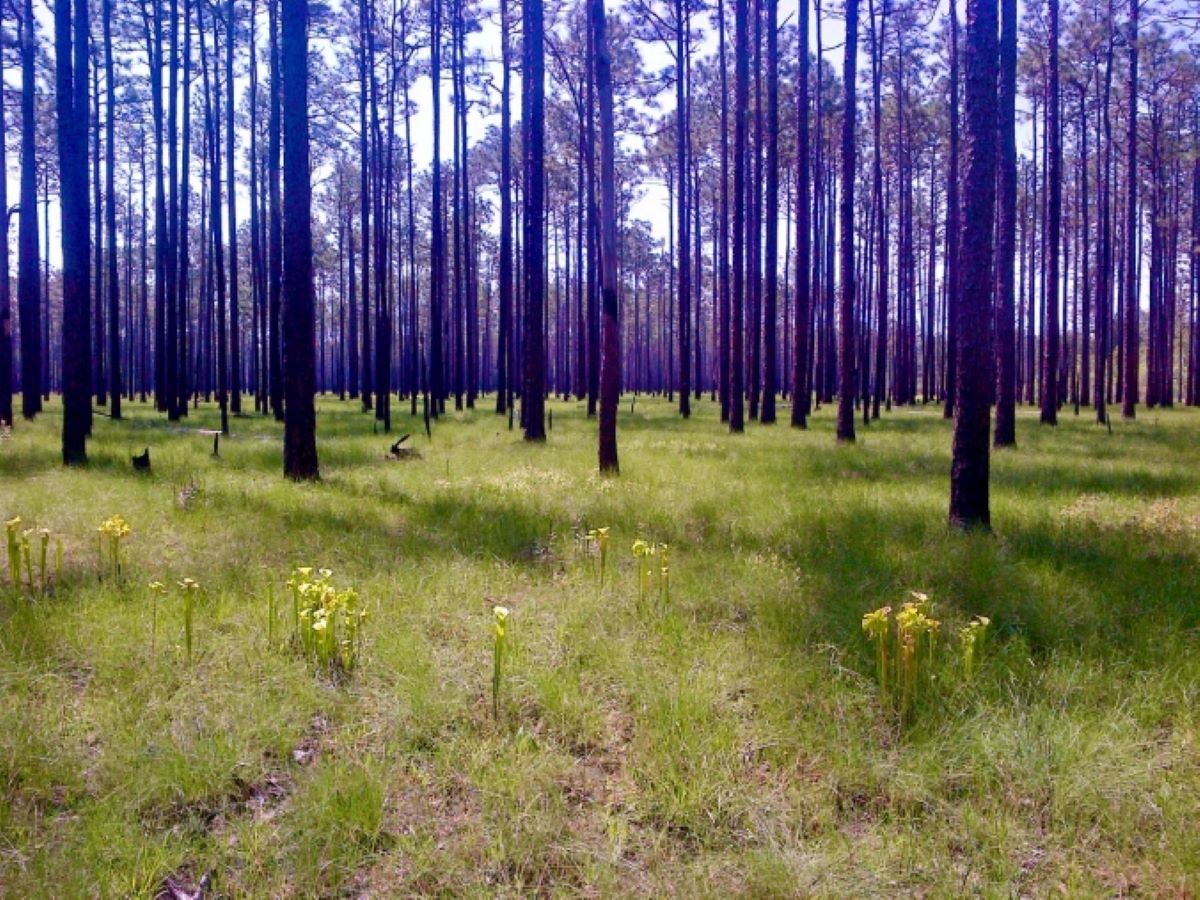
Coastal Review regularly features the work of North Carolina historian David Cecelski, who writes about the history, culture and politics of the North Carolina coast. He shares on his website the essays and lectures that he has written about the state’s coast as well as brings readers along on his search for the lost stories of our coastal past in the museums, libraries and archives he visits in the U.S. and across the globe.
I recently asked my friend Tom Earnhardt if he would share some of his wonderful photographs from The Nature Conservancy’s Green Swamp Preserve with me.
Supporter Spotlight
I think I just wanted to dwell a bit on one of the beautiful wild places that I hope to visit when this cold weather is gone and spring is here and the wildflowers begin to bloom again.
The Green Swamp Preserve is made up of 17,000 acres of largely pocosin and pine savanna in Brunswick County and Columbus County, just to the west, in the southern most corner of the North Carolina coast.
A gentleman tried and true, Tom not only sent me the photographs, but kindly gave me his permission to share them.
As I’m sure you know, Tom was for many years the creator and host of “Exploring North Carolina,” WUNC-TV’s very popular weekly television show featuring the glories of our state’s natural heritage.
Over the last half century, Tom has been one of North Carolina’s most dedicated conservationists. Day in and day out, he has devoted himself to protecting our wild places and to deepening our appreciation for them. And as you can see here, he is also a very talented photographer.
Supporter Spotlight
I’ve gone here and yon with Tom, but I have never had the chance to go to the Green Swamp Preserve with him.
However, I have long known that he has a special passion for the place. Located in the swampy low country of southeastern North Carolina, the preserve is made up of pocosin swamps and longleaf pine savannas that are a precious remnant of an ecosystem that once stretched across hundreds of square miles.
Biologists and nature lovers are especially drawn to the Green Swamp Preserve for the abundance and rich diversity of its carnivorous plants and for its wild orchids and other wildflowers, all of which are incredibly beautiful and some of which are quite rare.
“If the The Nature Conservancy had never done anything else, it would have proven its worth just with the Green Swamp Preserve,” Tom once told me. “That’s how important I think it is to preserving North Carolina’s natural heritage.”
The only time that I’ve been to the preserve was more than 25 years ago now. At the time, I was doing historical research for my book “The Waterman’s Song” and I just wanted to get a better feeling for the land on which the people I was writing about lived.
What I remember most from that visit are the things that I could never have discovered in old books and manuscripts: the smell of the longleaf pine savannas, the music of the birds and insects, the quality of the light, the feeling of the earth beneath my feet.
I still remember walking across the sphagnum moss, it being so spongy that it made the ground itself feel alive.
Earth, but also sea, or so it felt.
For me the Green Swamp Preserve is an otherworldly place, more precious yet because it is still there when so much is not.
When I first saw Tom’s photographs, my memories — the smells, the sounds, the light, all of it — came back to me in a rush, as real as the day I was there all those years ago.
Tom once wrote me:
“The Green Swamp and our other remaining longleaf pine forests appear to be so simple and ‘even boring.’ From a distance our savannas appear to be composed of only one kind of tree (longleaf) and one kind of grass (wire grass). But take a closer look, and wow!”
He went on to explain:
“The biodiversity found in these places — rare carnivorous plants, exquisite flowers, and unusual insects and birds — form tight-knit communities in which all things are connected. The success of each living thing is dependent on the success of their neighbors. We have a lot to learn from the land of the longleaf pine.”
I hope you enjoy Tom’s photographs as much as I do.
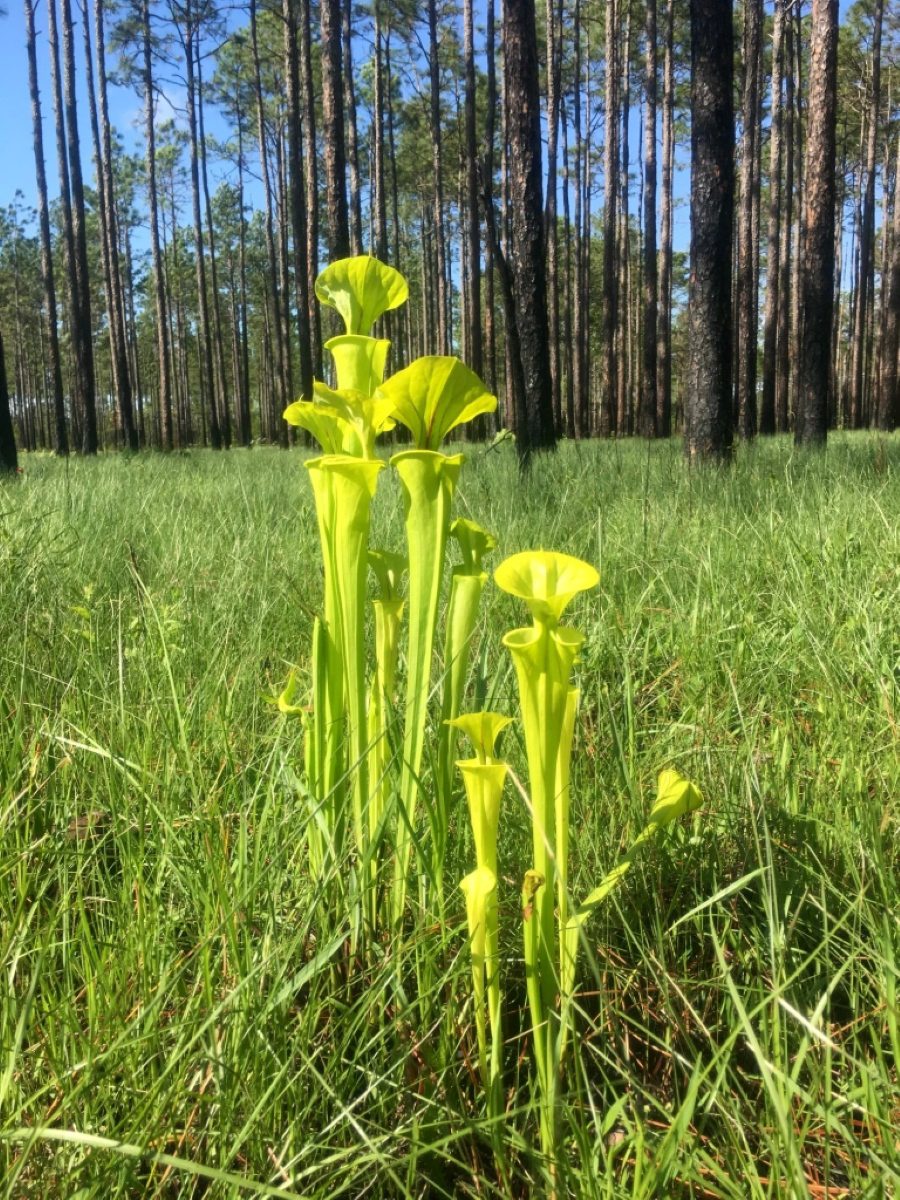
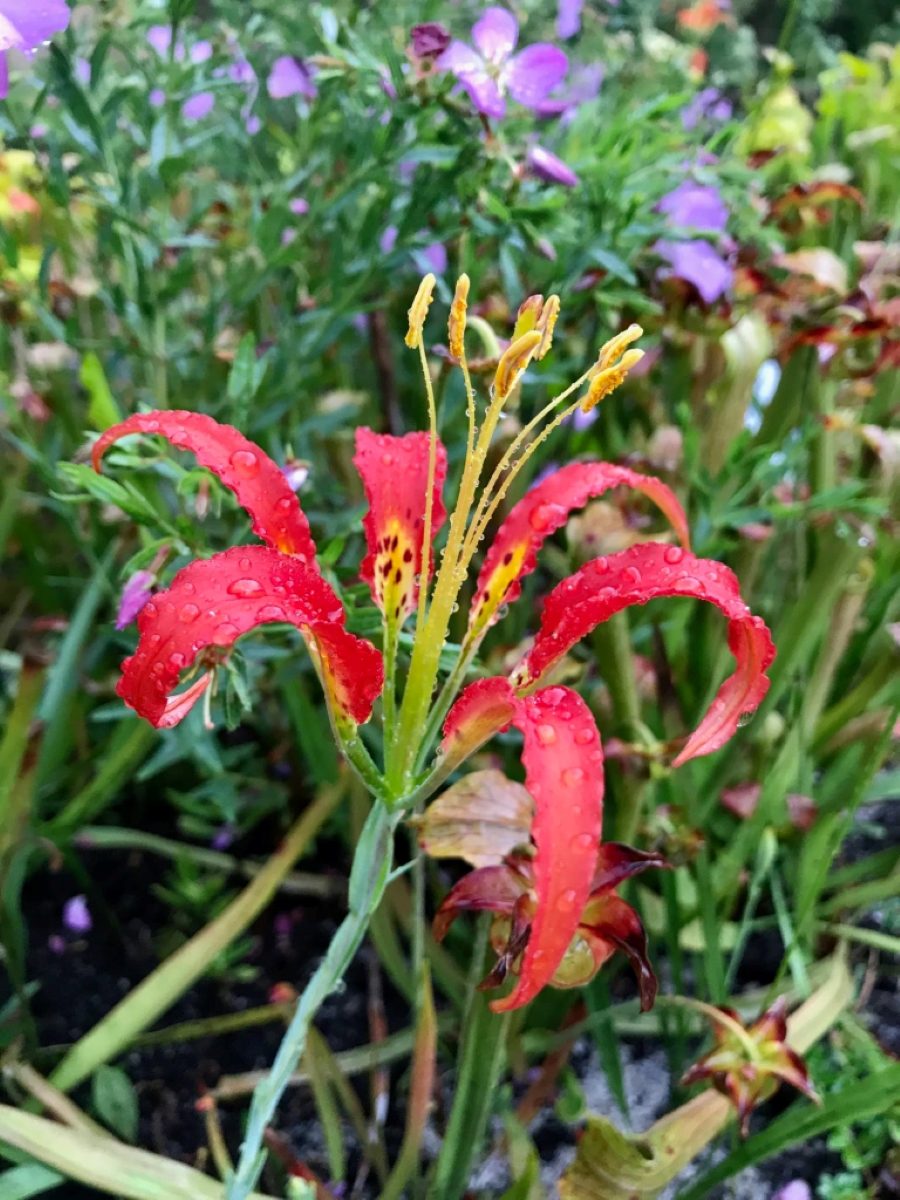
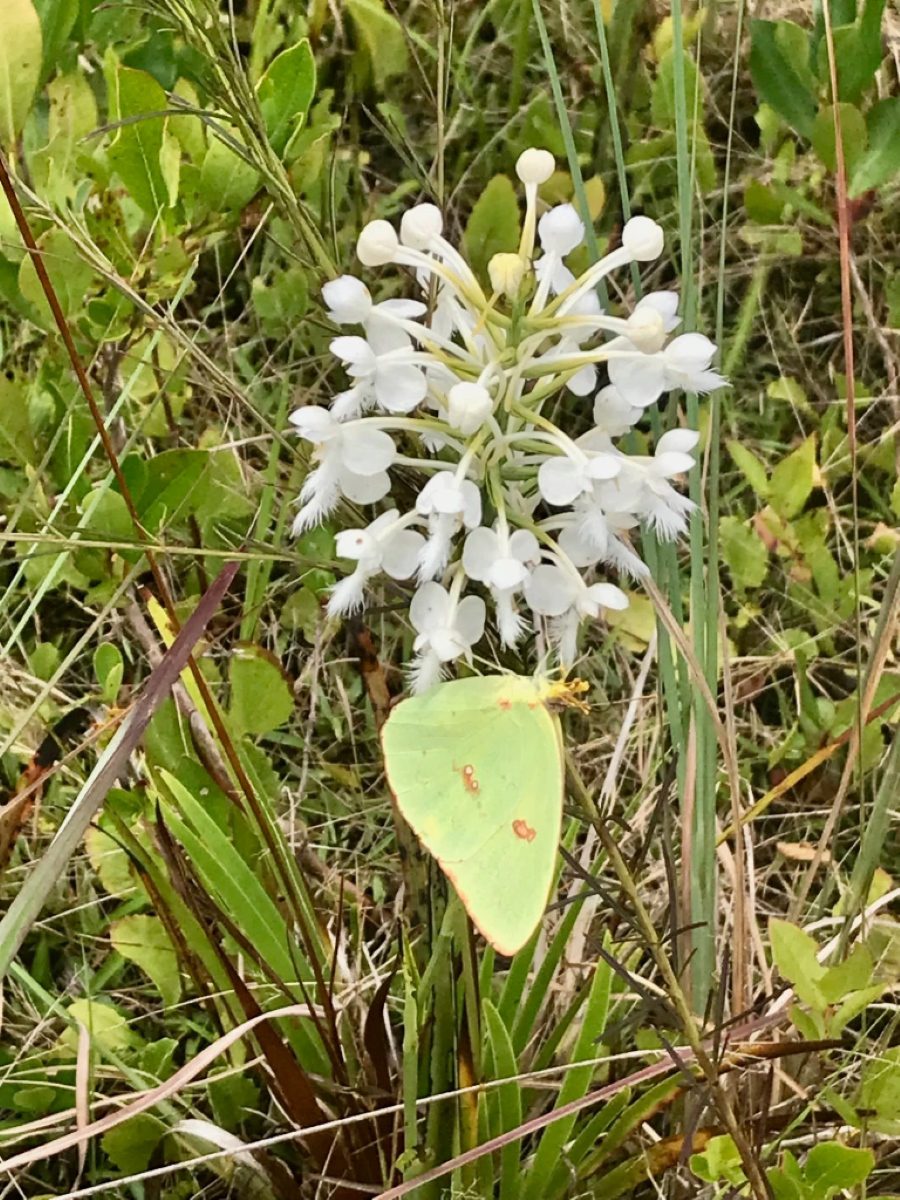
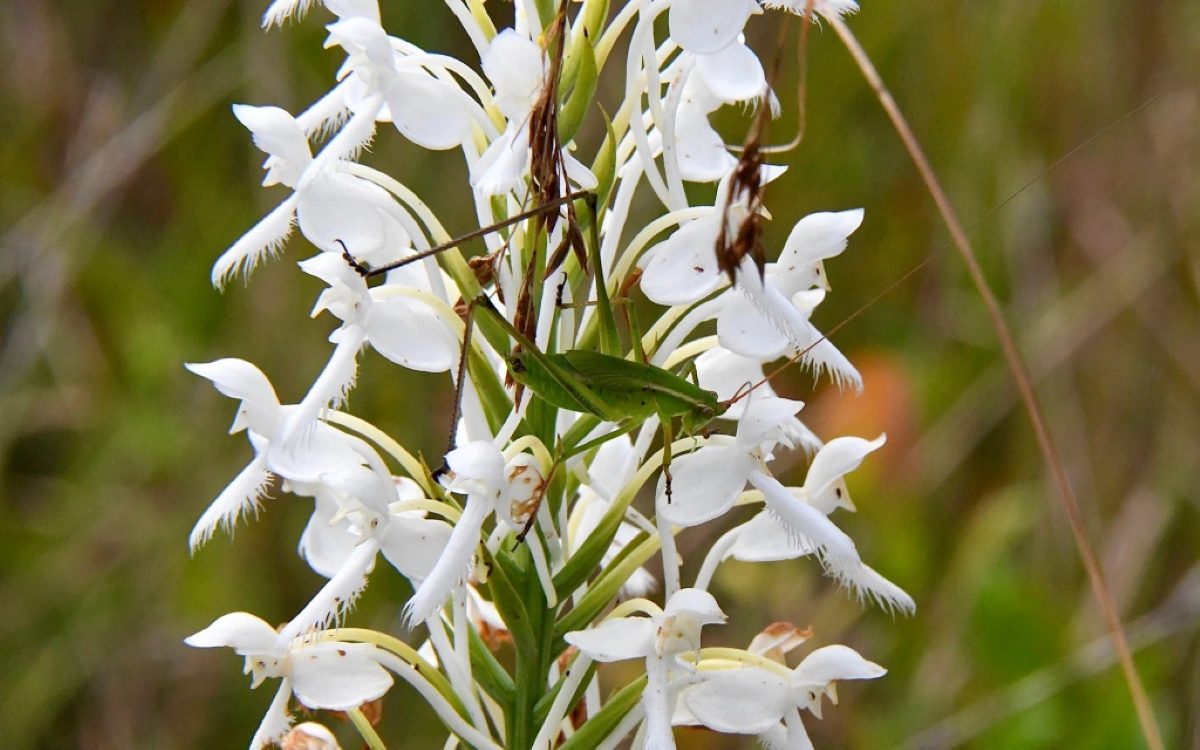
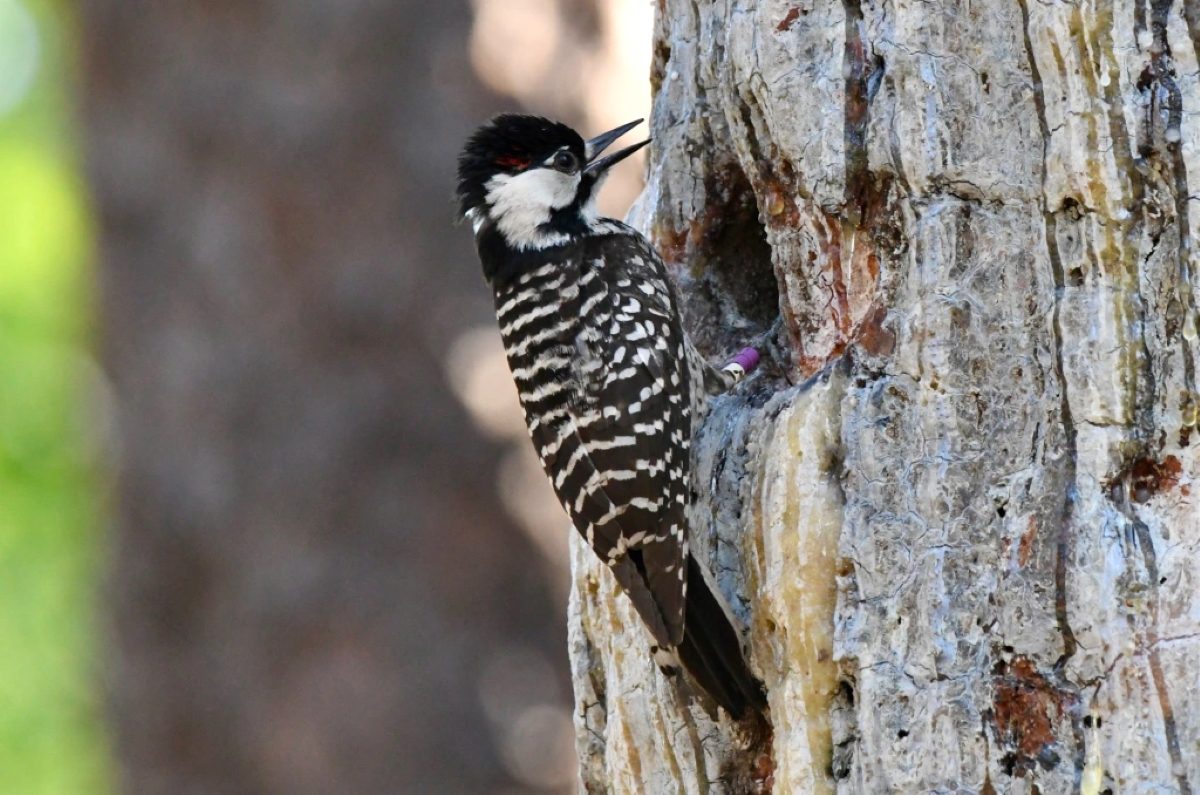
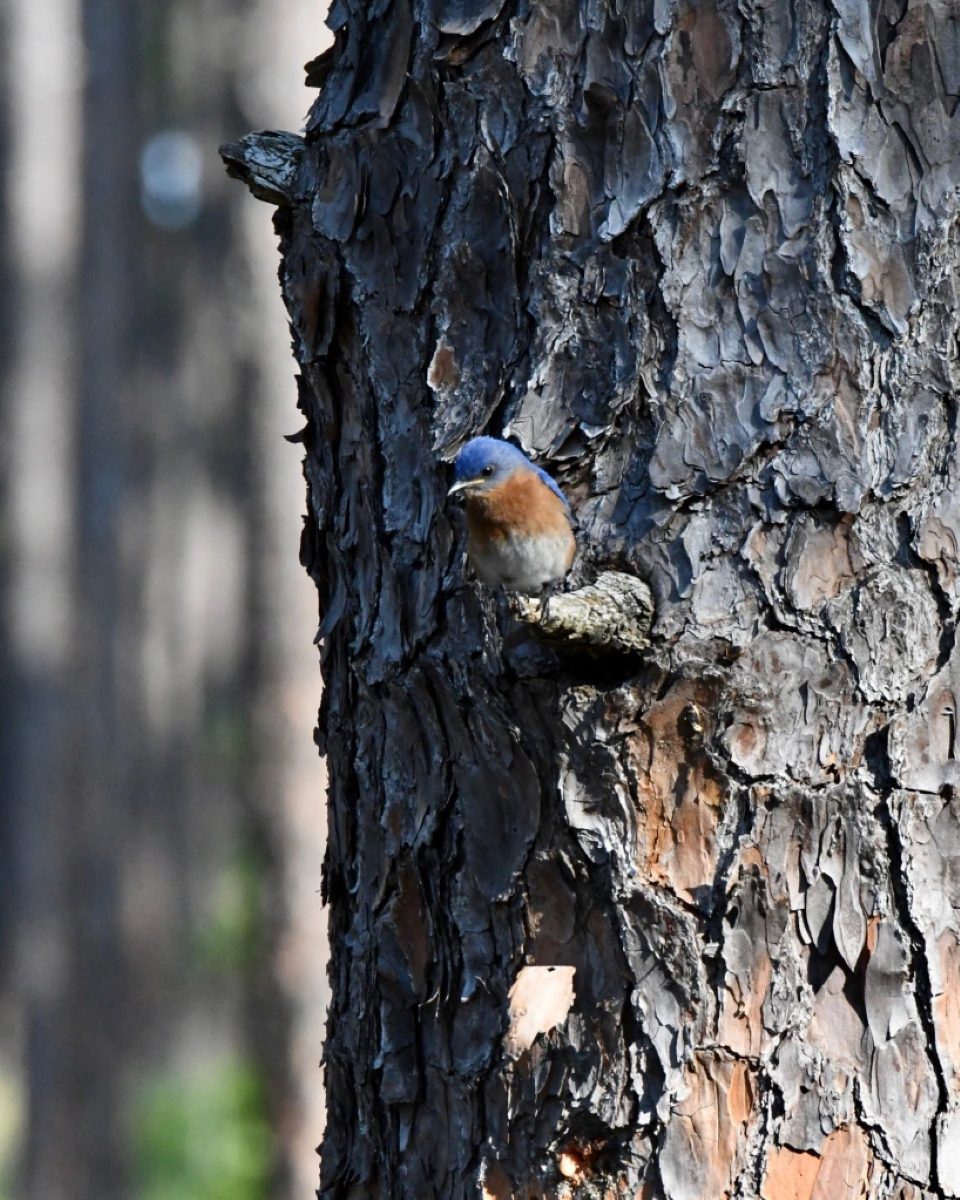
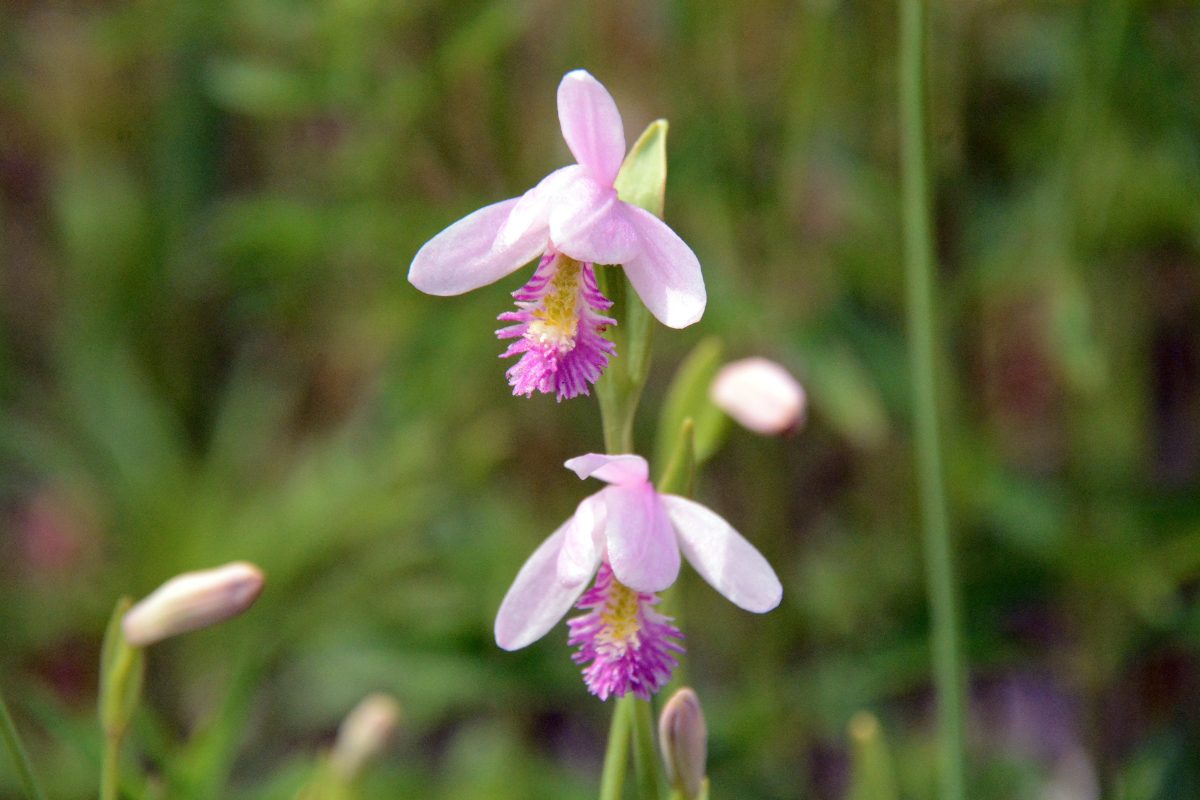
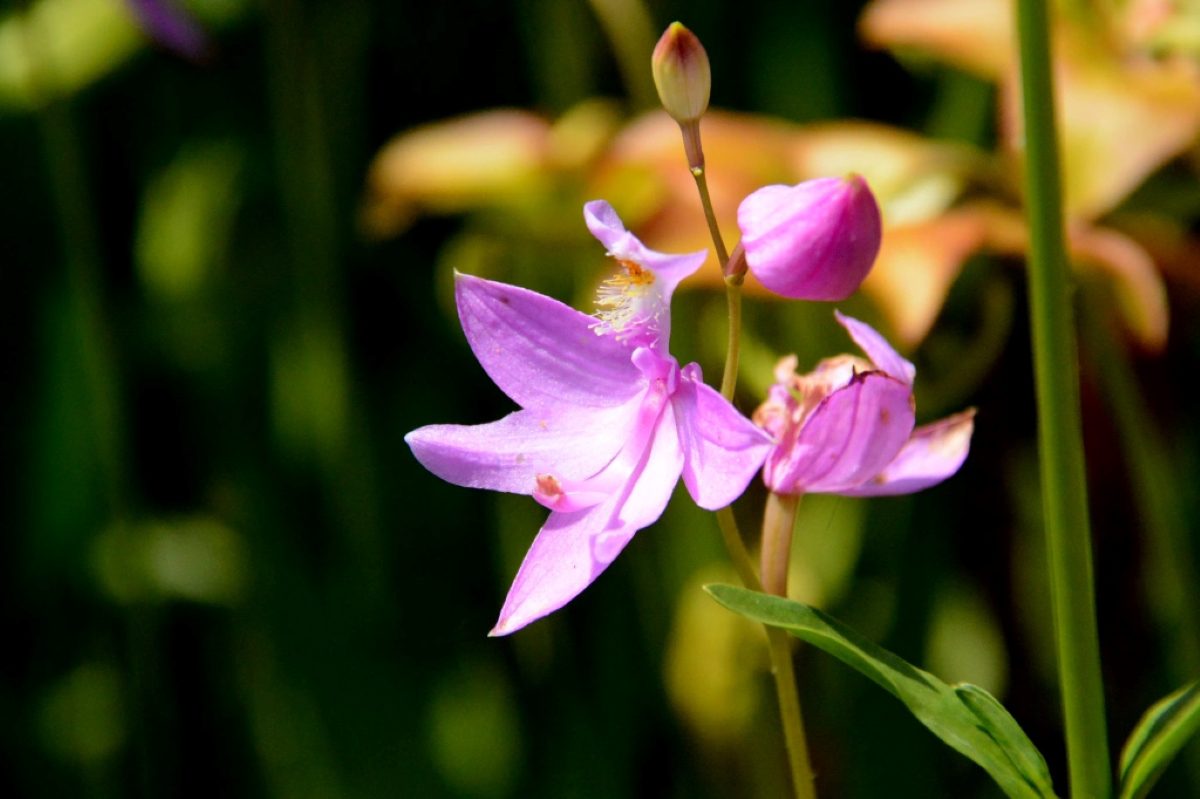
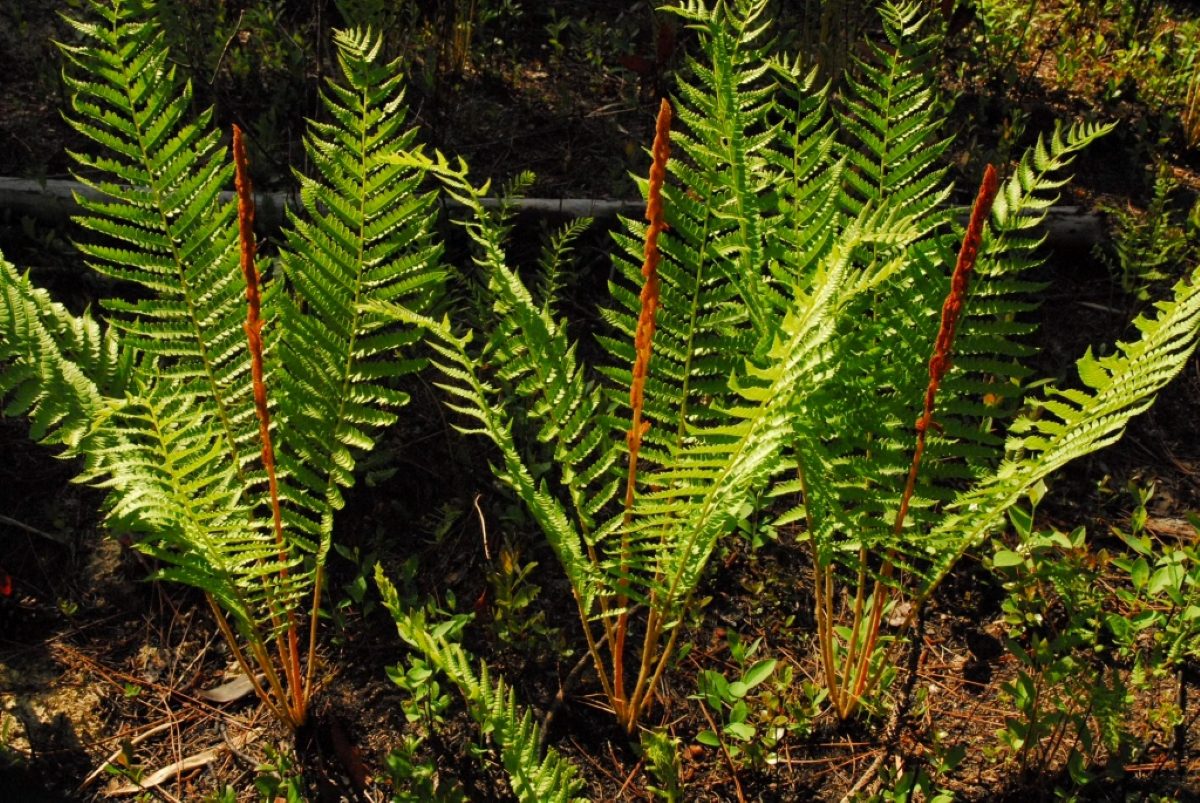
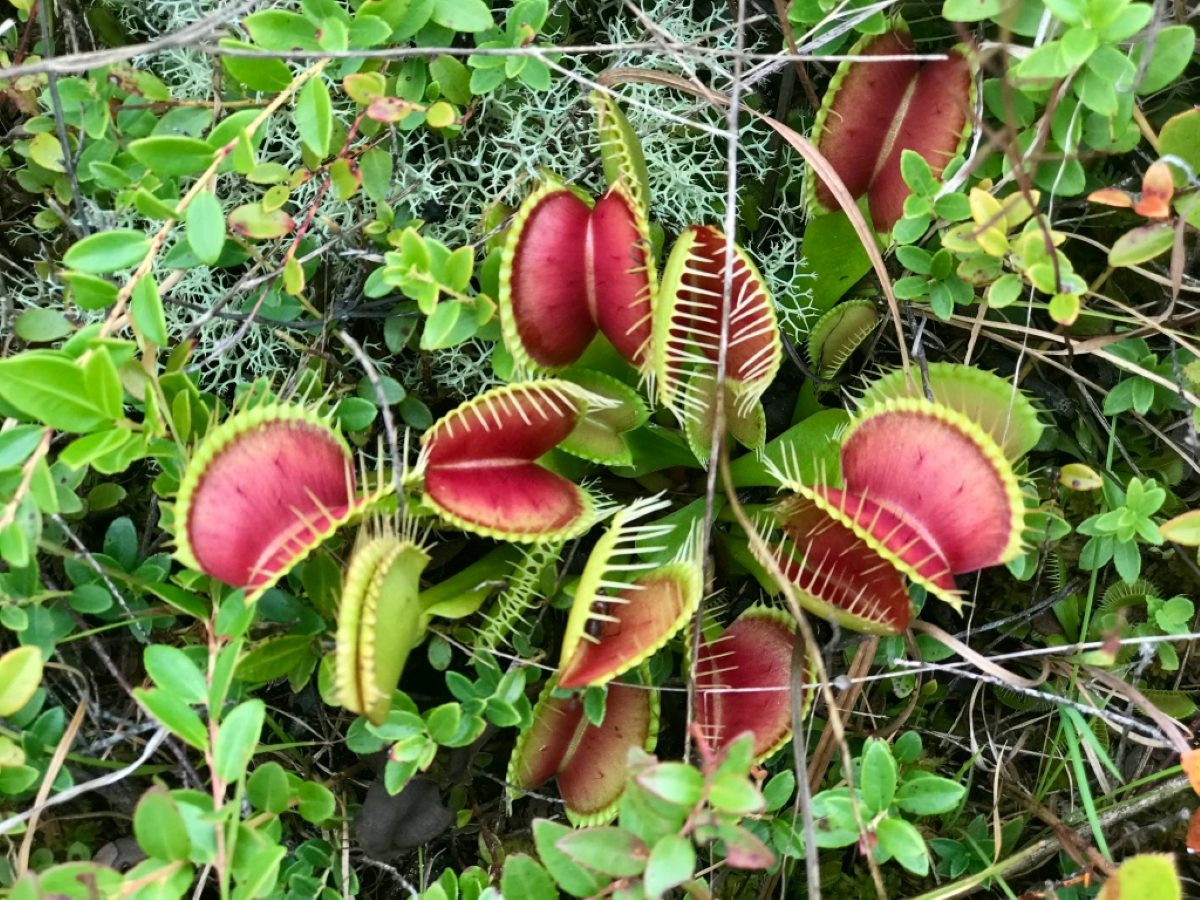
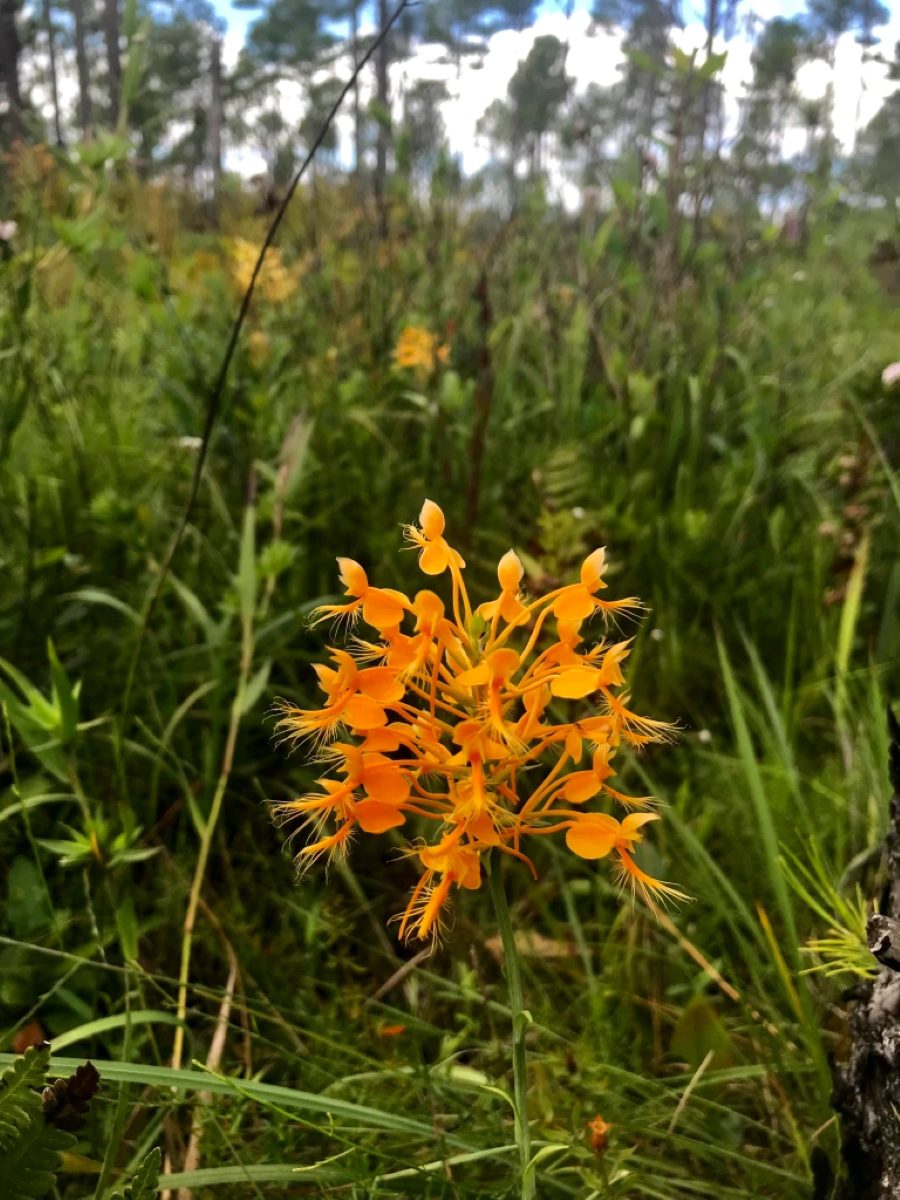
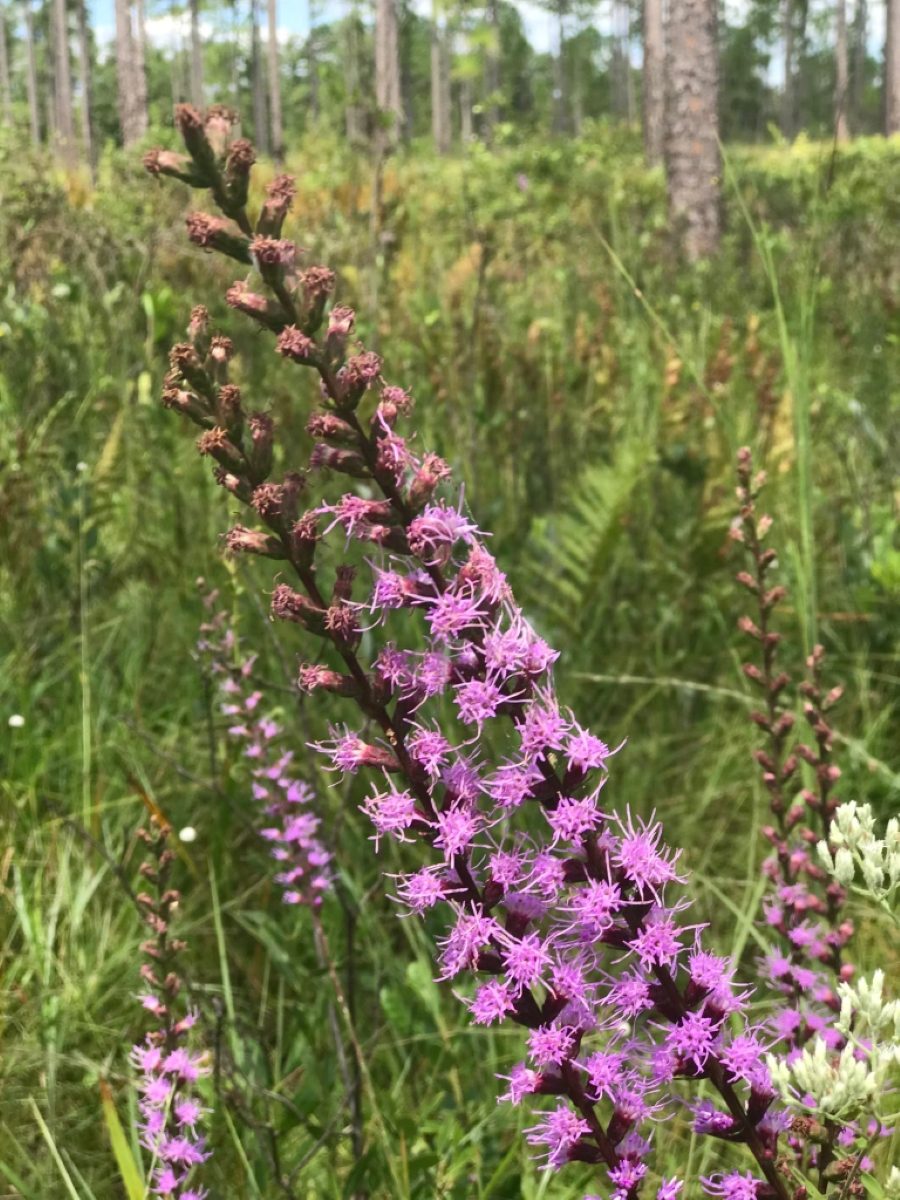
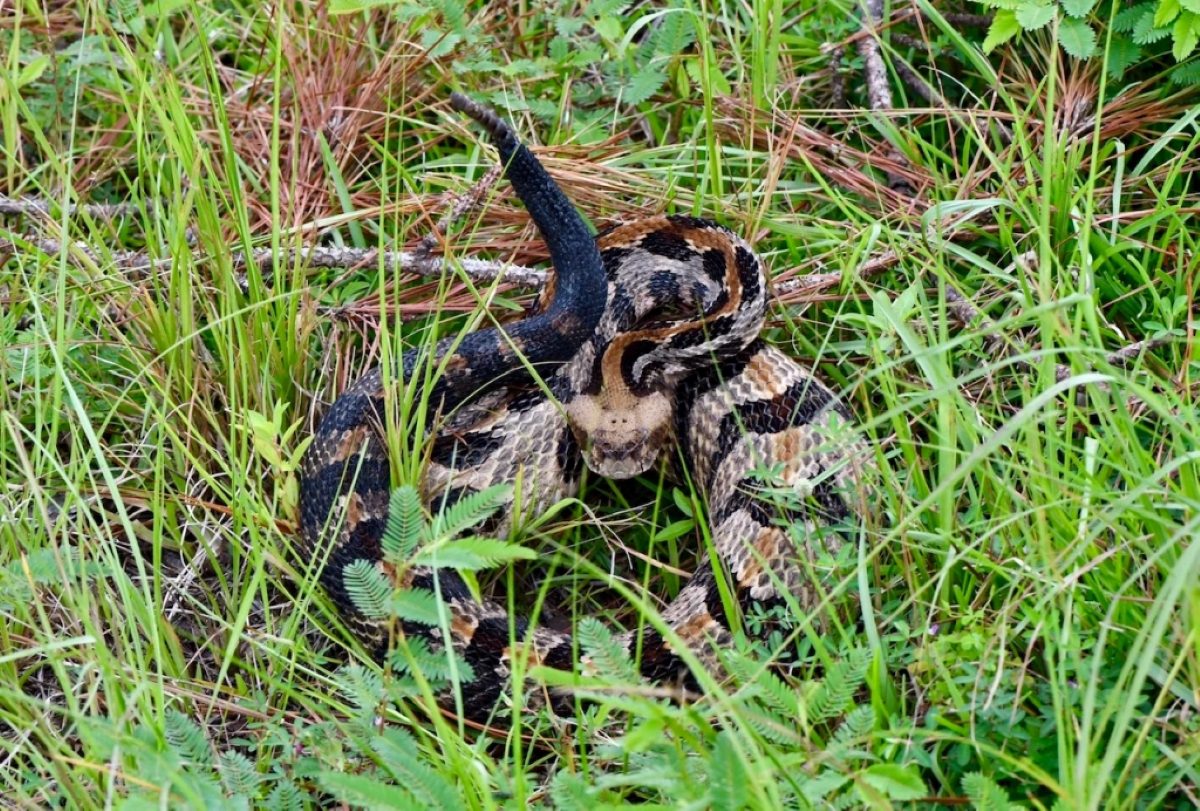
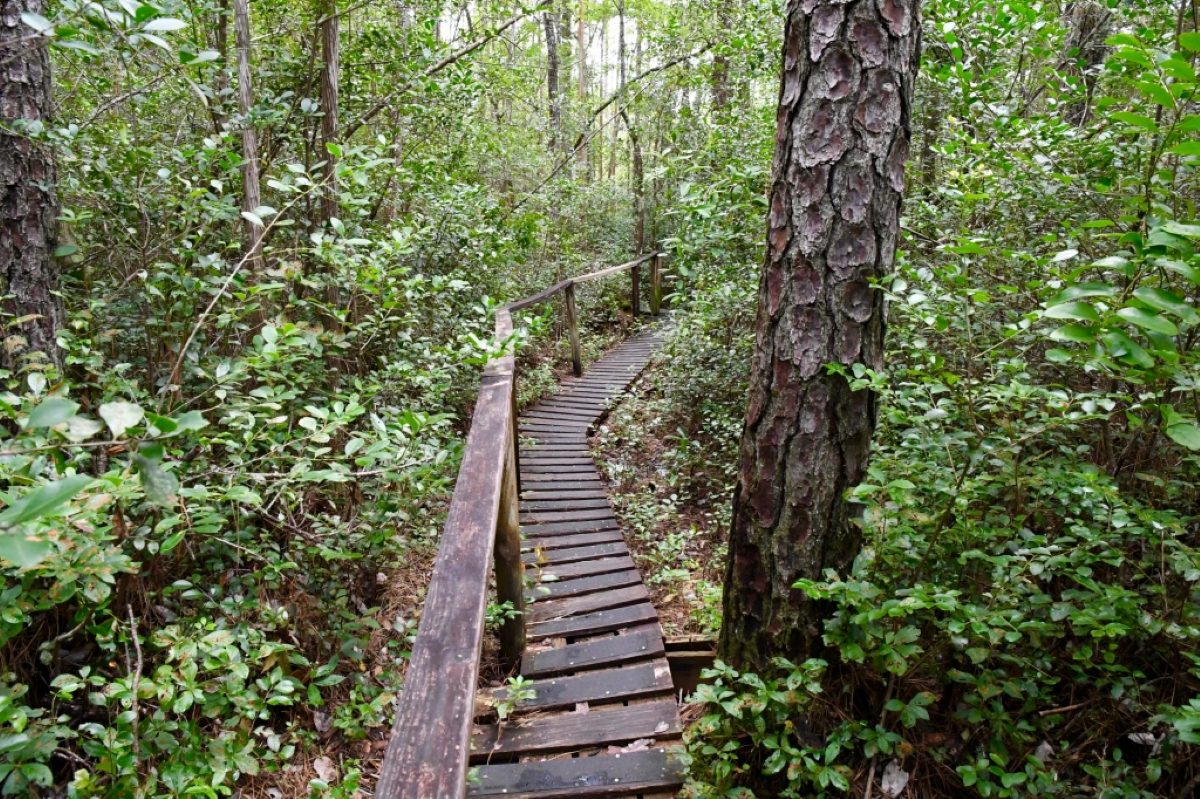
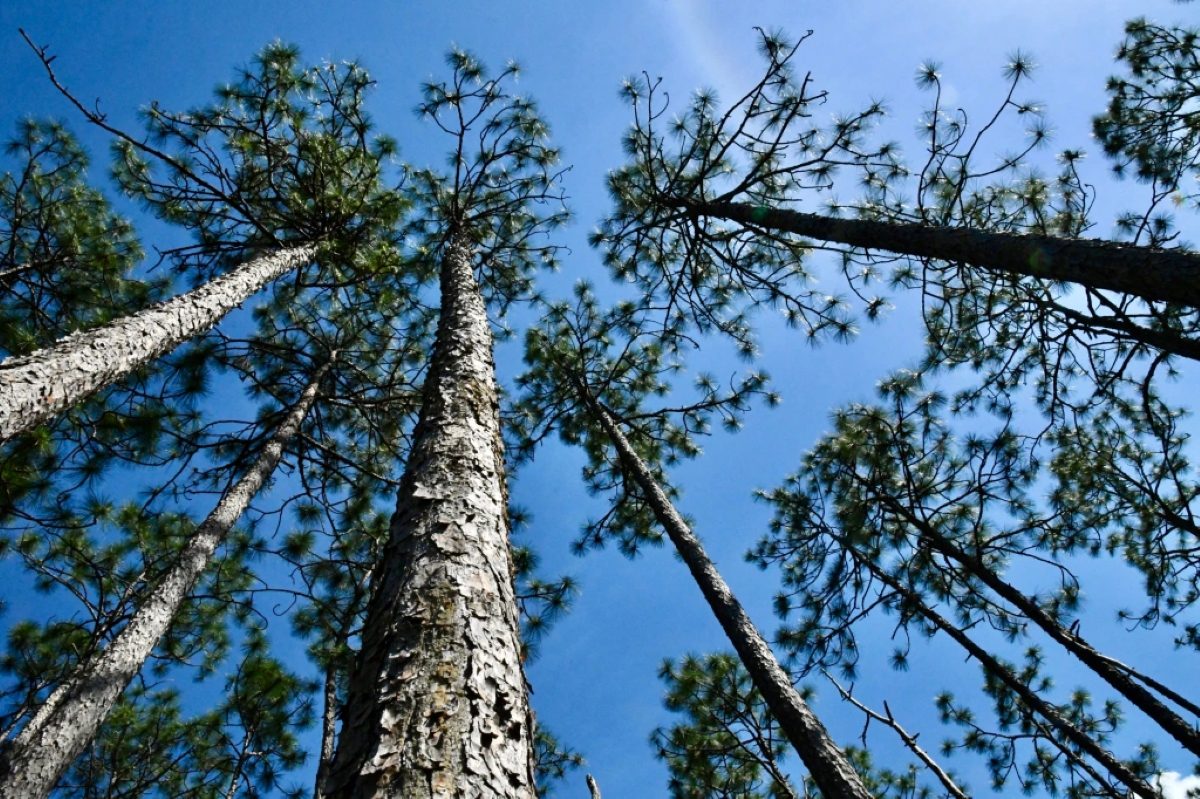
Lucky for us, we can find all 14 seasons of Tom’s award-winning show “Exploring North Carolina” at WUNC-TV’s website. And to learn how you can support the Green Swamp Preserve and other critical land conservation efforts in our part of the world, be sure to check out the website for the Nature Conservancy’s North Carolina chapter.

